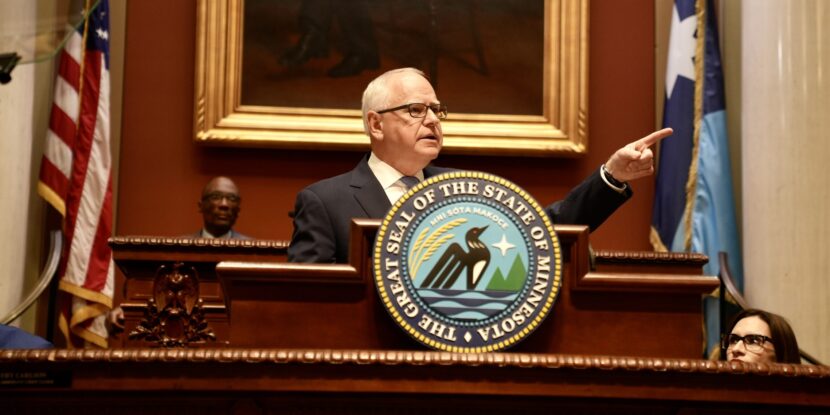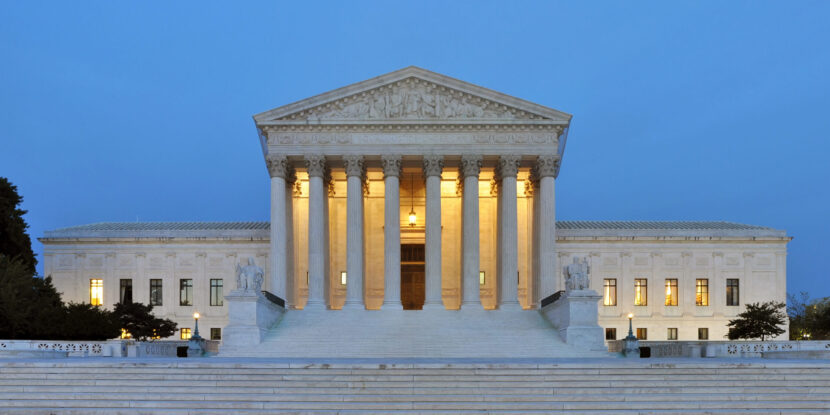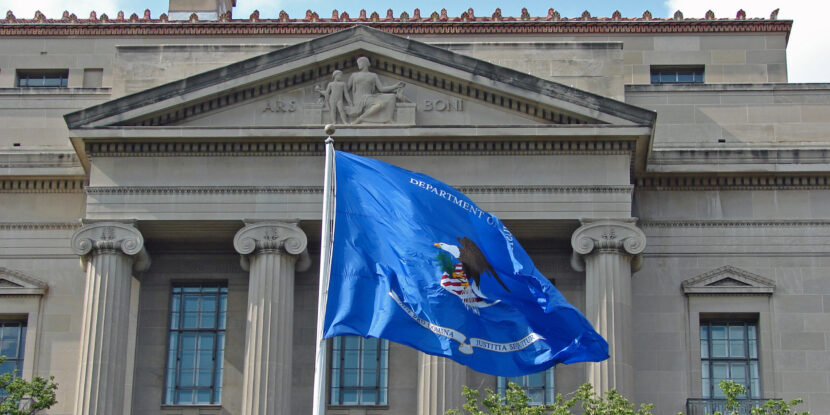The Bureau of Labor Statistics (BLS) reported on Wednesday that U.S. inflation increased to three percent year-over-year in January, during the final month of former President Joe Biden‘s term in office. Month-to-month inflation is up from 2.9 percent in December. Meanwhile, the Consumer Price Index (CPI) rose 0.5 percent from December, marking the most rapid monthly rise since August 2023.
The inflation data likely means the Federal Reserve will continue its pause on any additional interest rate cuts after initially enacting a series of rate reductions late last year. Notably, the core CPI, which excludes volatile food and energy prices, rose 0.4 percent from December and 3.3 percent on a year-over-year basis, surpassing economists’ forecasts. The monthly core price increase was the largest since April 2023.
This inflation data highlights the Federal Reserve’s ongoing struggle with price stability. While inflation rates have dropped considerably from their peak of over nine percent in 2022, recent attempts to control inflation show inconsistent progress.
Certain consumer sectors experienced notable price increases in January. Grocery costs went up 0.5 percent month-over-month and climbed 1.9 percent from the same period last year. A significant factor in this increase was a nationwide egg shortage attributed to an avian influenza outbreak, leading to a 15.2 percent surge in egg prices over the previous four weeks. Compared to last year, egg prices have jumped 53 percent—the most substantial monthly hike since June 2015—and accounted for a significant portion of the total rise in grocery prices since December.
Conversely, price declines in areas such as clothing and furniture offered some relief and indications that high prices could be abating.



















